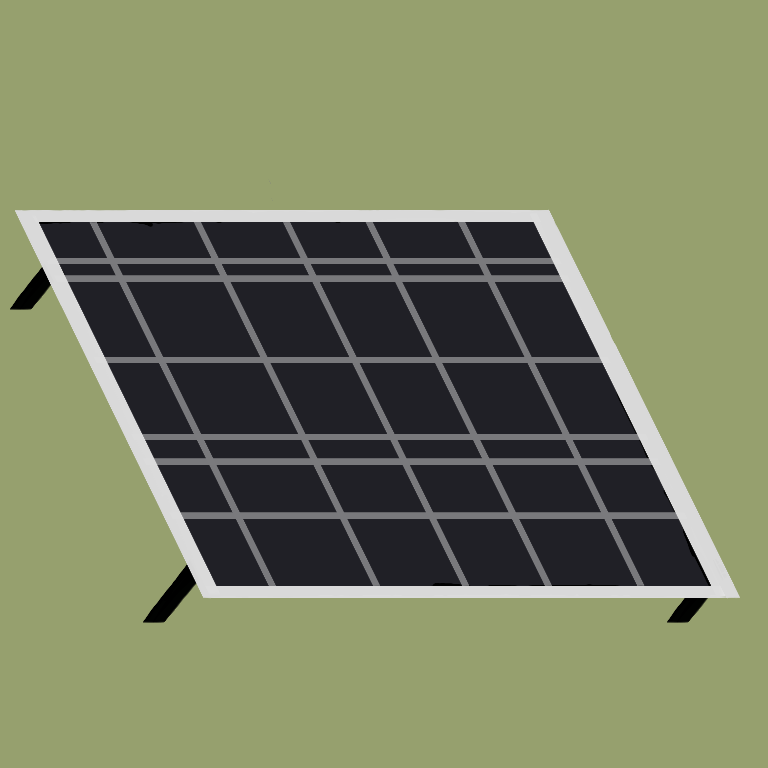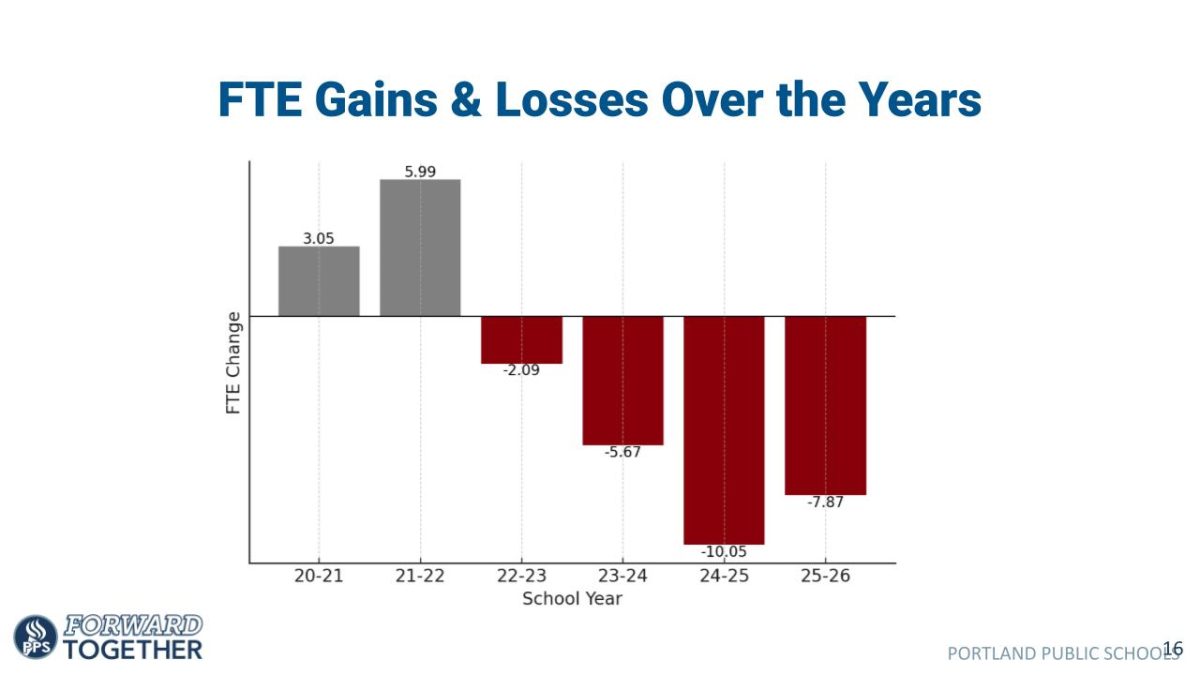
Due to a tax credit raise many Oregonians may be eligible for a 30% Solar Investment Tax Credit (ITC), which will be available until the end of 2032. Afterwards, the tax credit will drop to 26%. This credit can be especially helpful considering the starting cost for 6-kW solar power systems in Oregon is about $15,606, and the average cost per watt is around $2.50.
Though it’s expensive to start, the rising prices of electricity make solar a less expensive alternative in the long run. Just last September, one watt of electricity cost around $11.02/kWh, which is significantly more costly than solar energy.
Another advantage of solar power is that it can’t be affected by world-wide events. “[Solar power] doesn’t depend on fuels whose supply may be limited, [it’s not] destructive to extract, or subject to vast price fluctuations due to geopolitical events,” says Daniel Friedman, manager of the Cell and Module Performance Group at National Renewable Energy Laboratory (NREL). He adds that, “the fuel is sunlight, which is free forever.”
Solar itself does have some downsides: the initial cost is very high and solar storage is also pricey. Solar energy needs to be used immediately, or stored in large batteries which cost anywhere between $8,500 and $10,000. According to GreenMatch, a company guiding the transition to more renewable energy, it’s best to use solar energy during the day and switch to using electricity during the night, as to not spend thousands of dollars on batteries.
While solar energy still contributes to greenhouse gas emissions with the transportation and creation of solar panels, one of the benefits of solar energy is that it doesn’t use any fossil fuels because it comes from the sun. Solar panels take up a lot of space, which can be a challenge.
The creation of solar energy can be done in several different ways. The most common being through solar photovoltaics which is “[…] the conversion of sunlight directly into electricity using a solar panel,” explains Friedman, continuing, “Inside the panels are materials called semiconductors, specially designed such that each photon of sunlight that hits the semiconductor, it pushes out an electron. The flow of electrons from all those photons of sunlight becomes electrical current.” Another way to make solar energy is by using the heat from sunlight to drive a turbine to make electricity. Lastly, solar energy can be made by transferring sunlight into hydrogen, an energy carrier that can hold and transfer large amounts of energy to electricity, through a process called photocatalytic water splitting. This process takes water or sunlight and converts it into hydrogen; this system is sometimes referred to as artificial photosynthesis.
There are three broad types of solar cells, different from solar panels; several solar cells make up a single solar panel, where each solar cell produces limited amounts of energy. Crystalline silicon cells, which make up about 90% of all solar cells, are mid-range in terms of price and efficiency. Next is thin film solar cells, these are made similarly to crystalline silicon cells except they’re about 100 times thinner. This type of solar panel is the cheapest available and has a 20% efficiency rating. The newest type of solar cell is called third generation solar cells, and are a mix of crystalline silicon and thin-film solar cells. These have shown to be the most efficient with a 30% efficiency rating, and are likely the least expensive.
Solar power is gaining popularity throughout the world; deciding if solar is right for you is your choice and there are many pros and cons to consider.

































